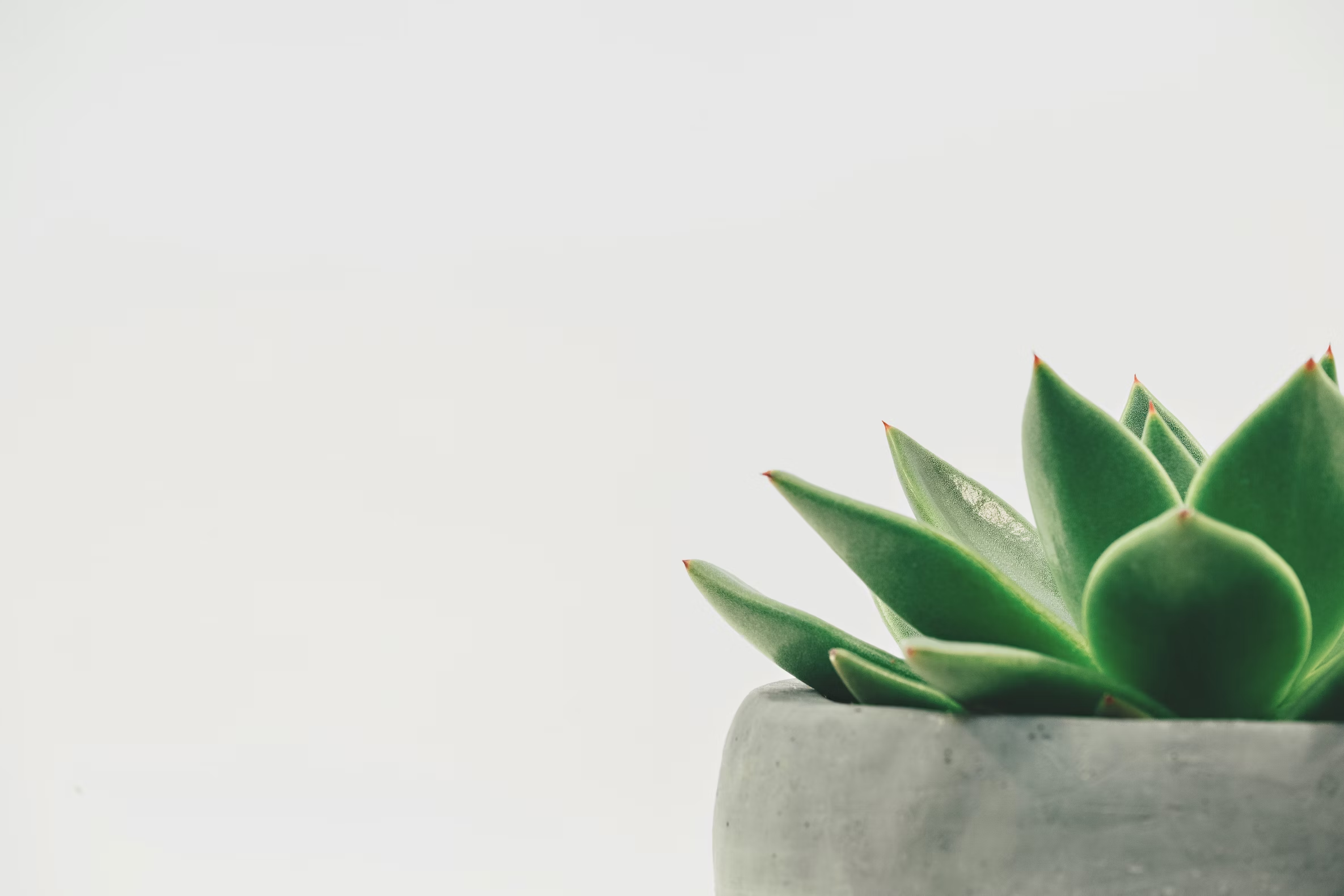Key Takeaways
- Hoarding isn’t a symptom of bipolar disorder but a separate diagnosis.
- Although bipolar disorder doesn’t directly cause hoarding behaviors, both manic and depressive episodes can lead you to accumulate items in a way that resembles hoarding.
- Therapy, including motivational interviewing and cognitive behavioral therapy, can help you learn how to manage your impulses and prioritize your mental health.
Hoarding is a complicated behavior that doesn’t always fit neatly into one category. It’s officially linked to obsessive-compulsive disorder (OCD). However, hoarding can also show up in people with mood disorders, including bipolar disorder.
While bipolar disorder doesn’t directly cause hoarding, the unique symptoms of bipolar disorder — like impulsive spending during manic episodes or the desire to self-soothe in depressive episodes — can sometimes lead to behaviors that resemble hoarding.
Navigating the challenges of both hoarding disorder and bipolar disorder can feel daunting. But many people have successfully found ways to manage their symptoms and reclaim their lives. With the right support and treatment, you can develop healthier habits and strategies and live a life that’s aligned with your values.
Is hoarding a sign of bipolar disorder?
Hoarding isn’t formally recognized as a symptom of bipolar disorder. In fact, hoarding disorder is a separate mental health diagnosis recently included in the Diagnostic and Statistical Manual of Mental Disorders (DSM), which is the text mental health professionals use to guide diagnosis and treatment decisions. It’s officially listed under “obsessive-compulsive and related disorders.”
According to the DSM, symptoms of hoarding disorder include:
- Difficulty discarding items, regardless of their value
- Feeling a need to save items and experiencing distress when considering getting rid of them
- Accumulating a large number of items that clutter living spaces so that the room cannot be used for its intended purpose
Bipolar disorder is a type of mood disorder. Mood disorders like bipolar disorder are characterized by significant shifts in mood.
There’s limited research on the connection between bipolar disorder and hoarding disorder, so it’s hard to know how often the two conditions co-occur. But like most mental health conditions, you can be diagnosed with both. Additionally, research indicates around 20% of those with bipolar disorder have OCD as well.
The care you need, when you need it
Learn how Rula can support your mental health journey
Can bipolar disorder cause hoarding?
Bipolar disorder isn’t considered a direct cause of hoarding disorder. The causes of hoarding disorder are complex but may include:
- Genetic factors
- Brain structure and function
- Traumatic life experiences
- Tendency to anthropomorphize — attribute human characteristics — to inanimate objects
However, hoarding is a behavior with a range of severity. Many people who hoard objects may not meet the full diagnostic criteria for hoarding disorder. And if you live with bipolar disorder, you might be vulnerable to hoarding tendencies due to the unique features of your condition.
Manic episodes and hoarding
Manic episodes are characterized by an unusually elevated mood, irritability, and impulsivity. You might find yourself making decisions that seem out of character. Some people experiencing manic episodes might spend excessive amounts of money, go on shopping sprees, or buy gifts for others — even when it may not be the best financial decision.
These manic-induced spending sprees may result in you accumulating many things around the house. This behavior might resemble hoarding disorder, even if the reason behind accumulating purchases is different.
Depressive episodes and hoarding
Depressive episodes can also make people more vulnerable to purchasing and accumulating items. Many people experience emotional spending, or shopping as a way to cope with difficult emotions. If shopping is how you try to cope with the symptoms of depression, you might develop hoarding tendencies. Additionally, depression can reduce your motivation to clean up or organize, resulting in accumulated items that then feel impossible to sift through or eliminate.
Research has found links between major depressive disorder and hoarding disorder. Some reports suggest up to 50% of those with hoarding disorder also live with depression. Not everyone with bipolar disorder experiences depressive episodes, but most do. So, depressive episodes could also play a role in hoarding tendencies for people with bipolar disorder.
How hoarding disorder can look different from bipolar-related disorganization
- Bipolar disorder: Anna struggles with keeping her house clean, and stuff is piling up. She felt on top of the world last week, but now it’s hard for her to get out of bed. Her home is cluttered with various items she purchased recently, and she can’t bring herself to put anything away. She feels guilty about spending money she didn’t have, so she avoids throwing anything away. Anna’s bipolar disorder has led her to accumulate items, and she struggles with organization, which may look like hoarding to others.
- Hoarding disorder: Rashida’s house is packed with various items throughout the home. Many of these items seem like trash, like candy wrappers, outdated magazines, or old receipts, but Rashida insists she needs them and can’t throw them away. She has boxes and other items stored on the stairs and can barely walk up without stepping on them. She has to bathe at her kitchen sink because her shower stalls are being used as storage. The thought of discarding anything makes her severely anxious. She likely lives with hoarding disorder.
Tips to manage messiness during manic or depressive episodes
If you live with bipolar disorder, you could experience difficulties with organization and messiness. While these difficulties aren’t necessarily a sign of hoarding disorder, it’s still important to address them and lessen your risk of it turning into a bigger issue or affecting your day-to-day life.
These practical tips may help:
- Keep an eye out for impulsivity. If you live with bipolar disorder, it’s possible you impulsively purchase and accumulate items during manic or depressive episodes. While having lots of extra things around isn’t a direct cause of hoarding disorder, these purchases may become hard to part with and contribute to hoarding tendencies. One of the most helpful steps is to find other ways to manage impulses when your mood feels overwhelming. This is, of course, easier said than done, but mental health treatment can help you strengthen impulse control skills.
- Set small goals. Try to set small, achievable goals when it comes to hoarding behaviors. Setting large, unrealistic goals can make you feel discouraged. For example, telling yourself you’ll have a spotless home by the weekend may not be realistic. Instead, start by clearing one area of a room. If you do live with hoarding disorder, you might begin with the goal of throwing away just one item. Even one small step is an accomplishment.
- Think about your why. Focusing on the deeper motivation behind your desire to reduce hoarding tendencies can be helpful. What would life look like if your home was cleaner and more organized? How else could you spend your emotional energy if you were less attached to items in your home? Or, if you continue hoarding, what might your home look like in 10 years? These types of questions are part of a counseling method called motivational interviewing, which has been shown to help reduce hoarding behaviors. Instead of telling yourself you “should” stop hoarding, try focusing on why you want or need to.
Comprehensive treatment for hoarding and bipolar disorder
Therapy can provide a safe, nonjudgmental space to explore the causes of hoarding, whether or not they’re related to bipolar disorder. In addition to motivational interviewing, some therapy approaches that may help with co-occurring bipolar and hoarding disorders include:
- Cognitive behavioral therapy (CBT): CBT can help you identify and change unhelpful thinking patterns contributing to mood swings or hoarding behaviors.
- Dialectical behavior therapy (DBT): DBT teaches you skills to manage painful emotions and cope in healthier ways.
- Mindfulness-based therapies: Approaches like mindfulness-based cognitive therapy help you notice your thoughts and emotions when you’re about to make a new purchase or act impulsively and make decisions that are more aligned with your values.
Additionally, one case study found medication for certain types of bipolar disorder was effective in reducing hoarding symptoms. It’s important to work with your provider to create a treatment plan that meets your unique circumstances and needs.
With hoarding disorder, there is often an underlying trauma that has been left unaddressed over the years. Receiving therapy for the hoarding disorder can also open the door for deeper work.
Find care with Rula
Living with bipolar disorder and co-occurring hoarding disorder or hoarding behaviors can make daily life challenging. You may find yourself in a constant cycle of spending money, accumulating things, and experiencing guilt. Know that with support, you can address the symptoms of your conditions, learn how to organize your living environment, and prioritize your mental health.
Through Rula, 120 million individuals are eligible to receive therapy covered by insurance. We can help you get an online therapy appointment as soon as tomorrow.

About the author
Saya Des Marais
Saya graduated with her Master in Social Work (MSW) with a concentration in mental health from the University of Southern California in 2010. She formerly worked as a therapist and motivational interviewing trainer in community clinics, public schools, mental health startups, and more.
Her writing has been featured in FORTUNE, GoodRX, PsychCentral, and dozens of mental health apps and therapy websites. Through both her clinical work and her personal OCD diagnosis, she’s learned the importance of making empathetic and accurate mental health content available online.
She lives in Portland, Oregon but you can find her almost just as often in Mexico or in her birthplace, Tokyo.
Rula's editorial process
Rula's editorial team is on a mission to make science-backed mental health insights accessible and practical for every person seeking to better understand or improve mental wellness.
Members of Rula’s clinical leadership team and other expert providers contribute to all published content, offering guidance on themes and insights based on their firsthand experience in the field. Every piece of content is thoroughly reviewed by a clinician before publishing.





